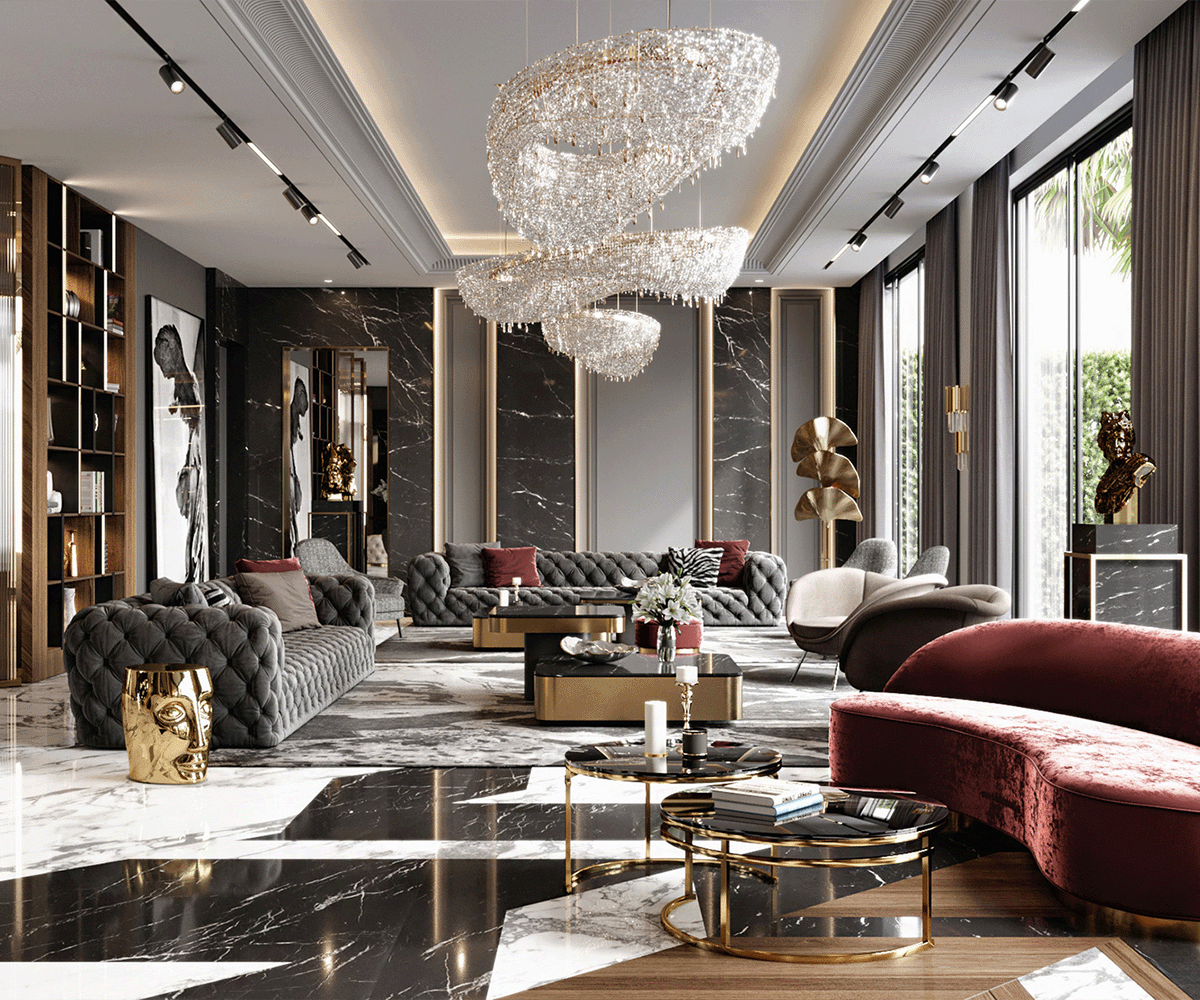Designing the interior of your office is a significant undertaking that can have a profound impact on your business. A well-designed workspace can boost productivity, enhance employee well-being, and create a positive impression on clients and visitors. Before you embark on your office interior design project, here are five crucial things you should know:
1. Understand Your Business Needs and Culture
Before diving into the design process, it’s essential to have a clear understanding of your business’s needs and culture. Ask yourself the following questions:
- What are the primary functions of the space?
- How many employees will it accommodate?
- What type of work will be performed there?
- What is the company culture, and how can the design reflect it?
For instance, a creative agency might benefit from open, collaborative spaces with vibrant colors and innovative design elements, while a law firm might require more private offices and a sophisticated, professional aesthetic. Aligning your office design with your business’s operational needs and cultural values will ensure a cohesive and functional workspace.
2. Plan for Flexibility and Future Growth
In today’s fast-paced business environment, flexibility is key. Your office design should accommodate future growth and changes in work patterns. Consider modular furniture, adaptable layouts, and multipurpose spaces that can be easily reconfigured as your business evolves. Planning for scalability will save you time and money in the long run, allowing your office to grow with your company without the need for constant redesigns.
3. Prioritize Employee Well-Being
A well-designed office is one that promotes the well-being of its occupants. Employee satisfaction and productivity are closely linked to the quality of their work environment. Here are some factors to consider:
- Ergonomics: Invest in ergonomic furniture that supports good posture and reduces the risk of musculoskeletal issues.
- Natural Light: Maximize the use of natural light, which has been shown to improve mood and productivity.
- Indoor Air Quality: Ensure proper ventilation and consider adding plants to improve air quality.
- Acoustics: Address noise levels with soundproofing solutions to create a comfortable and focused work environment.
- Breakout Spaces: Provide areas where employees can relax and recharge, such as lounges or quiet rooms.
By prioritizing employee well-being, you create a positive work environment that can lead to increased job satisfaction and productivity.
4. Focus on Branding and Aesthetics
Your office space is an extension of your brand and should reflect your company’s identity. Consider how the design elements, color schemes, and decor can convey your brand’s personality and values. For example, if your brand is known for innovation and creativity, you might opt for bold colors, modern furniture, and unique art pieces. On the other hand, a brand that values tradition and reliability might choose a more classic and elegant design.
The aesthetic appeal of your office also plays a role in impressing clients and visitors. A well-designed office can communicate professionalism, success, and attention to detail, all of which can positively influence business relationships.
5. Set a Realistic Budget and Timeline
Interior design projects can quickly become costly and time-consuming if not managed properly. Before you start, establish a realistic budget that covers all aspects of the project, including:
- Design fees
- Furniture and decor
- Construction and renovation costs
- Technology and equipment
- Contingency funds for unexpected expenses
Similarly, set a timeline that accounts for each phase of the project, from initial planning and design to procurement, construction, and final installation. Factor in potential delays and ensure you have a clear schedule to minimize disruptions to your business operations.
Conclusion
Starting an office interior design project is an exciting endeavor that can significantly enhance your work environment and overall business success. By understanding your business needs, planning for flexibility, prioritizing employee well-being, focusing on branding and aesthetics, and setting a realistic budget and timeline, you can create a workspace that is both functional and inspiring. With careful planning and attention to detail, your new office design will be a valuable investment in the future of your business.

